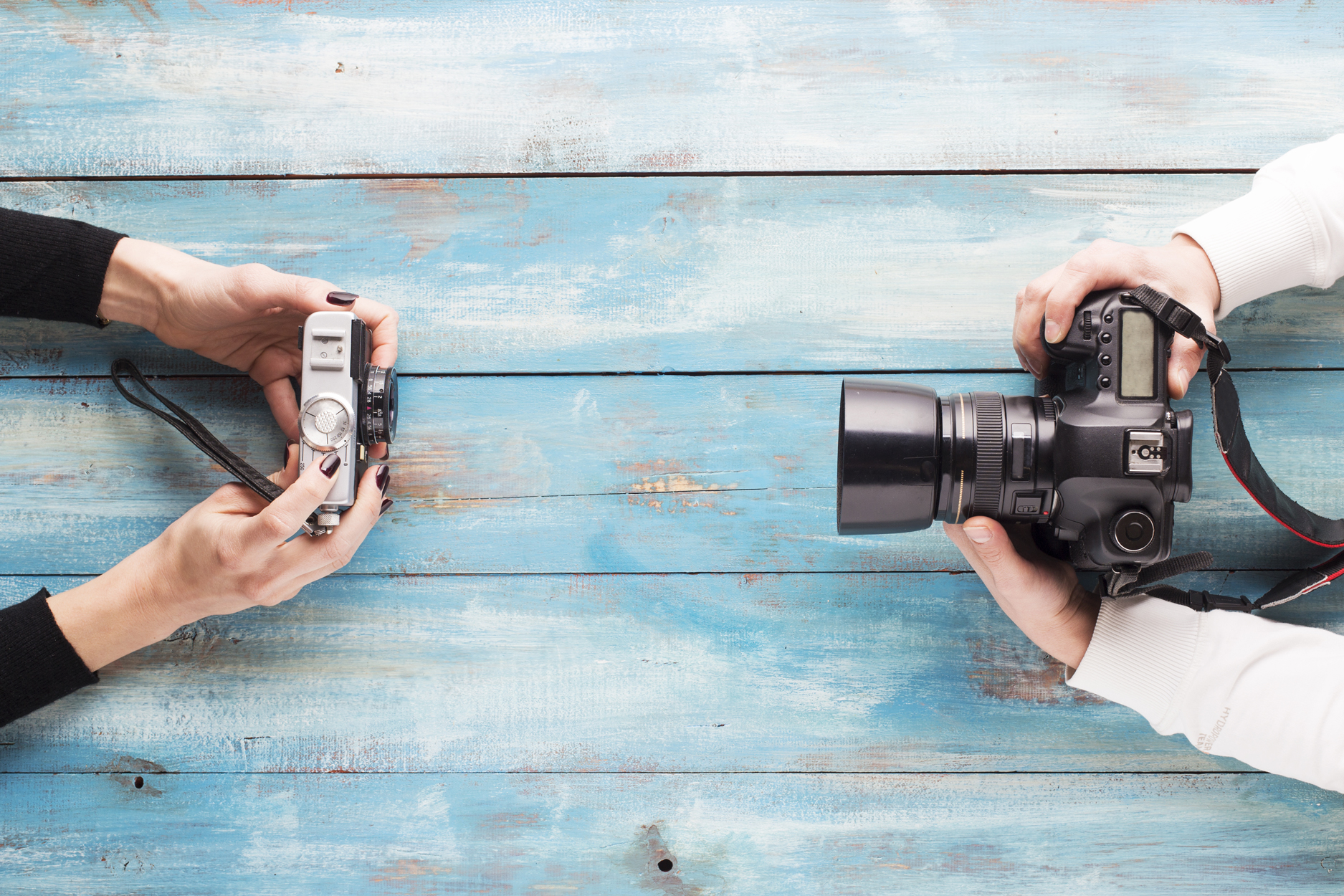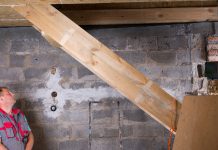Today’s digital cameras have a much higher resolution and larger storage capacity than those dinosaurs that were first introduced. Today’s cameras have so much storage capacity for photos that there is no reason not to take a photo of… everything and anything. Taking photos of everything allows you to document everything, which allows you to go back and remember what you inspected more accurately. You then get to decide which photos to include in the report and which to not include. It’s a good idea to retain all of the photos in case you ever need documentation.
DOs
Take wide, overall-view photos showing the area surrounding your main focus. A wide angle photo shows context and may save your butt if you are questioned whether the photo is in fact from that particular home inspection. The surrounding items and area will show where the photo was taken (i.e., in the house in question in the basement) as well as what the subject of the photo is (i.e., the water heater, for example). A wide angle photo is more conclusive about the setting.
Take close-up photos of nameplates and other information such as: multiple taps, input ratings, manufacturer names, model and serial numbers etc.
Start with a wide photo of the area where the item is (water heater), then a closer photo of the entire water heater, followed by a photo of the nameplate and its information, with additional photos of related items (T&P relief valve and discharge line, pan and drain, electrical/gas connection, etc.).
Get into the habit of taking photos of everything. The photos will help you remember what you saw and also to show what was there, and what wasn’t, should you be questioned later about something on the inspection. For example, a seller may change out an appliance after the inspection with an older and/or cheaper appliance… sellers do this more often than you might think and, without a photo, you have no proof of what was there at the time of your inspection.
DON’Ts
Don’t take photos of personal items. No one wants their bed, clothes, jewelry, safe, etc, in your photos. If such an item is in a photo which shows something else you would like to use in the report, use a graphics program to pixelate, distort or cover it in some way so it is not viewable in the photo.
Don’t include addresses or names on your photos. It is not professional and it is not necessary. The photos are in the report, anyone who is reading the report already knows the names and address. Anyone who sees the photos outside of the report has no business knowing the address or names. It is not good practice as it can increase your liability. Unintended persons may see the address and names and if something happens, you are the party responsible for providing that information to them.
Don’t upload photos with names or addresses to the Internet. The best way to avoid this is to not put names and/or addresses on the photos in the first place. You MUST change the file name before posting to the Internet, if you do use a name or address in the file name (which I highly discourage).
Don’t insert a photo into a report without looking at it. Make sure that it shows what you are referring to in sufficient detail for your client to understand. Use arrows, circles or some other method to show what you are referring to in a photo. Just because you know what you are referring to does not mean your client will know, unless you point it out. And most importantly, make sure the photo does not show something you missed writing up in the report. Review the photo again and add to the report that which you did not see before, if necessary.
Best Practices
Write a notation below each photo in your report describing what is being shown. Look them over a few times and add anything in the photo that wasn’t noticed before.
Some inspectors include a photo in the report at particular sections; other inspectors include the photos at the end of the report. I included photos at the end of the report. To me, putting all photos at the end makes the report cleaner and easier to read. This way one photo leads to the next and so on. I include this statement in the written section: “This report includes both the written section and the photo section. The two sections together make the entire report. DO NOT USE ONLY the ‘written section’ or the ‘photo section’ by itself. Some items may only be shown in the written section or photo section and some items may not be shown in both sections.” Include the same wording in the photo section. That wording ties the two sections together as being “the report.”
Remember, there is no such thing as taking too many photos. Many believe that “too many photos” in a report is distracting, but “too few photos” can expose you to calls, complaints, and lawsuits. Avoid those calls and complaints by including the photo showing that item in the report. Receiving calls and complaints is not good for business. It is far better to “show and tell” than to have to explain why you didn’t to a judge. Remember the old adage – “a photo is worth a thousand words.” Use photos to write those words for you.
The photos you include in your report illustrate what you are pointing out to your client. Save all of the photos you took in a computer file; you never know if or when you may want or need to refer to a photo from a previous inspection. It’s helpful to create a folder for each inspection and create a “Photos” subfolder within it to put all the photo files. That makes it easy to reference the photos for that inspection.
We’ve touched on why it is not wise to include identifying information in the names of the photos you include in the report or post to the Internet. I used a macro to insert the photos into a table at the end of the report. A file renaming program renamed the files ‘image0001.jpg’; each successive image was named ‘0002.jpg,’ ‘0003.jpg’ etc. After renaming the files, I clicked the macro and it sequentially inserted each photo into its proper place in the table. The macro saved me from having to insert the photos one by one.





